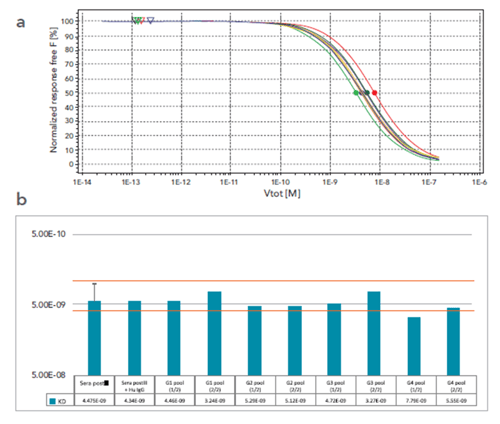Products
Services
Applications
Resources
User Zone
Careers
Products
Peptide Synthesizers
Find a Product
View All Products
Services
Applications
Resources
About Us
Blog
.png?width=400&height=400&name=vaccine-pillar%20(1).png)








